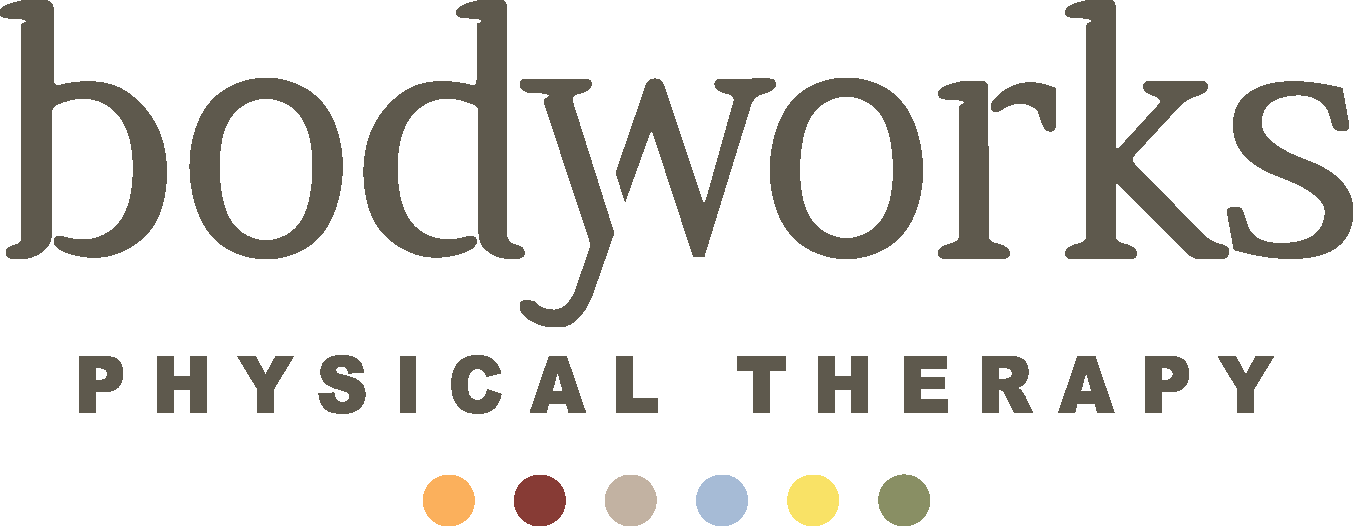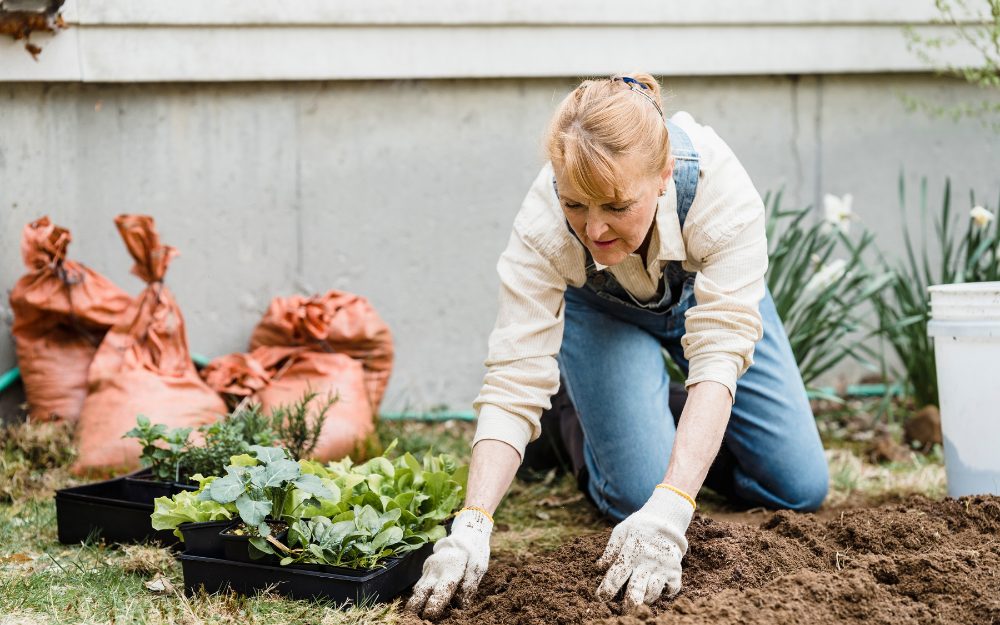Spring is here and we are all excited to be outside in the sun and freshening up our yards, including me! However, for many people, this can lead to flare-ups in various parts of the body, including the lower back, neck, wrists, hands, and elbows. These flare-ups can be frustrating and painful, but they can be managed and prevented with the right precautions and treatment.
Lower Back Pain
Lower back pain is very common in people who do yard work, especially those not used to physical labor. This pain can range from a mild ache to a sharp, debilitating pain that makes it difficult to move. One of the most common causes of lower back pain during yard work is improper lifting technique. When lifting heavy objects, it is important to keep your back straight and use your legs to lift, rather than bending over and using your back muscles.
To prevent lower back pain during yard work, it is important to warm up properly before starting any physical activity. Stretching and gentle exercises can help to prepare your muscles for the work ahead. It is also important to take breaks frequently and to avoid overexerting yourself.
If you do experience lower back pain after yard work, applying heat or cold to the affected area can help to reduce inflammation and relieve pain. Gentle exercises and stretches can also help to relieve muscle tension and improve mobility.
Neck Pain
Neck pain is another common complaint among people who do yard work. This pain can be caused by various factors, including poor posture, overuse of the muscles in the neck, reaching overhead, and strain from lifting heavy objects. To prevent neck pain during yard work, it is important to stretch first, maintain good posture and to avoid craning your neck for extended periods.
To relieve neck pain after yard work, gentle exercises, and stretches can help to improve mobility and relieve tension in the muscles of the neck. Applying heat or cold to the affected area can also help to reduce inflammation and relieve pain.
Wrist, Hand, and Elbow Pain
Wrist, hand, and elbow pain can be caused by repetitive motions such as digging, raking, and pruning. These types of activities can strain the muscles and tendons in these areas, leading to pain and inflammation.
To prevent wrist, hand, and elbow pain during yard work, it is important to take breaks frequently and to switch up your activities to avoid repetitive motions. Using ergonomic tools can also help to reduce strain on these areas.
To relieve wrist, hand, and elbow pain after yard work, applying heat or cold to the affected area can help to reduce inflammation and relieve pain. Resting the affected area and avoiding activities that exacerbate the pain can also help to promote healing.
We Are Here To Help
To relieve wrist, hand, and elbow pain after yard work, applying heat or cold to the affected area can help to reduce inflammation and relieve pain. Resting the affected area and avoiding activities that exacerbate the pain can also help to promote healing. Yard work is a great way to get outside and enjoy the spring weather, but it can also lead to flare-ups throughout your body. You can prevent these flare-ups by taking the right precautions, such as warming up properly, using proper lifting techniques, and taking breaks frequently. If you experience pain after yard work, applying heat or cold to your pain points and performing gentle stretches can help to relieve pain and promote healing. However, if your pain persists or becomes severe, visit our team at Bodyworks Physical Therapy and we can get you on a path to a quick recovery.

